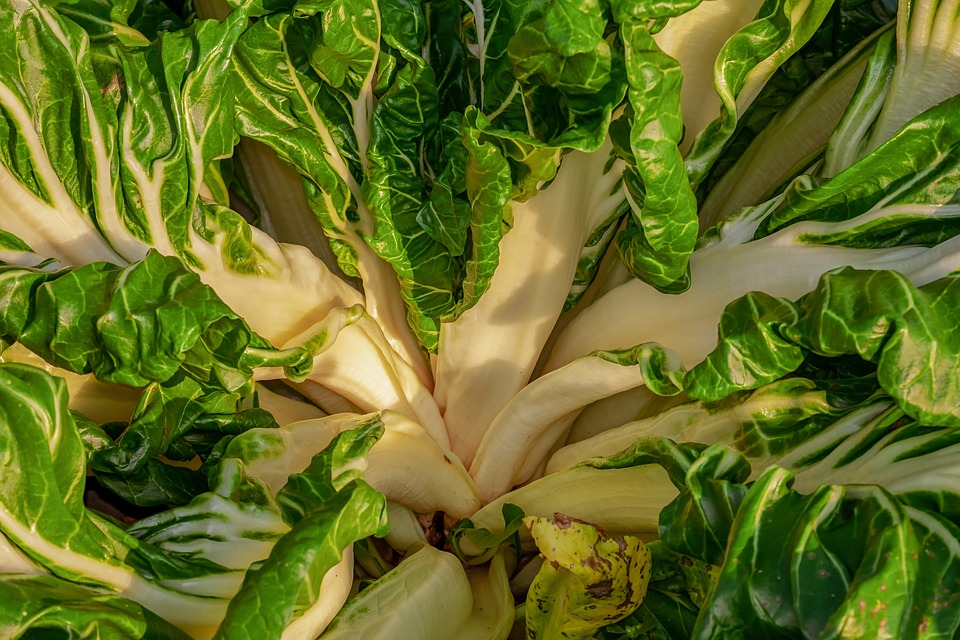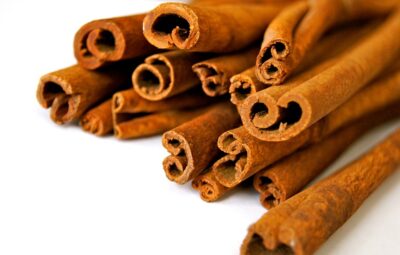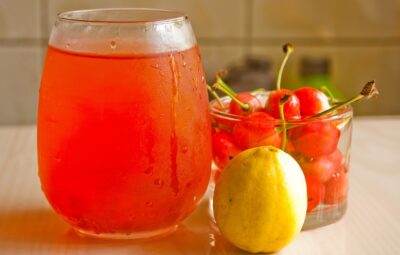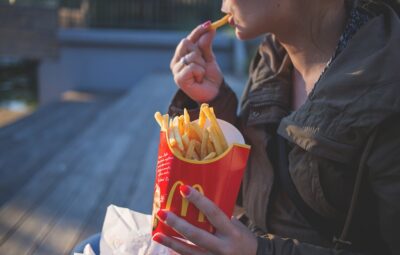What are the things you notice first when picking out your favorite produce as you wander through the grocery store? Price, packaging, ripeness? What about folate levels? You should consume foods that are rich in folate in order to be healthy. While not many foods advertise how much folate they contain, it is still an essential nutrient. If you’re interested in learning more about foods that are high in folate, keep reading.
What are the most folate-rich foods? No matter what your favorite food is, you will find something in this article that you will want to add to your grocery list.
Folate – A Brief
Many of us have probably heard of folate before. But what is it? How does this relate to our health?
Folate is a water-soluble B vitamin. Some foods contain it naturally, while it’s added to others. It’s also available in supplement form. This vitamin is important for cell growth and metabolism.
Can we consume folic acid through supplements? Why rely on natural foods? Both are the same anyway, aren’t they? I need you to know something else before I answer this question.
Folate Vs Folic Acid
We have seen what folate is. But what about folic acid? They are both one and the same, except for a distinct difference.
Folate and folic acid are the different forms of vitamin B9. The synthetic form of the vitamin is known as folic acid Folate is the natural form of vitamin B9. The synthetic form of the vitamin is known as folic acid. Folic acid is a synthetic form of vitamin B9. It’s a common ingredient in supplements and can be found in breakfast cereals or flour.
The digestive system converts folate into the biologically active form of vitamin B9, called 5-MTHF. But this is not the case with folic acid. Folic acid is converted into 5-MTHF in the liver or other tissues but not in the digestive system (2). This is why the process is not as efficient. Other factors that can affect the conversion of folic acid to 5-MTHF include genetic mutations in the enzyme that is responsible for the conversion. These mutations can result in reduced activity of the enzyme, which in turn affects the conversion process. When you take a folic acid supplement, it may take the body more time to convert it into 5-MTHF, which could cause unmetabolized folic acid to accumulate.
This is where the actual problem arises. Even if you only take a small dose of 200 mcg of folic acid, it may not be completely metabolized until you take the next dose. An excess of unmetabolized folic acid in the bloodstream can lead to undesirable side effects such as depression, anxiety, irritability, insomnia, and sleep disturbances.
We asked before what the answer to this question is. Folate that is naturally occurring is not unmetabolized. Of course, it’s natural. It is metabolized in the digestive system. Hence, no complications.
Folic acid is found in leafy greens, legumes, and nuts. Some of the best sources of folic acid are leafy greens, legumes, and nuts. The form of vitamin B9 found in natural food sources is typically methyl-folate or folinic acid, both of which are natural forms of folate.
What foods are high in folate?
1. Leafy Greens
Green vegetables are known for their Vitamin and mineral content, but dark leafy greens are especially known for their folate content.
Leafy green vegetables are a good source of folate, which is recommended to be consumed daily. These vegetables can be enjoyed fresh, frozen, or cooked.
The best leafy greens to put on your plate are kale, spinach, and chard. Consider these great options [1]:
Boiled spinach – If a steaming plate of spinach sounds appetizing, you’re in luck. Spinach contains a lot of folate, making it a great addition to any diet. A heaping serving of boiled spinach provides approximately 131 micrograms of dietary folate equivalents.
You can enjoy the folate benefits of spinach regardless of your preferences for this adaptable green. Each serving of raw spinach provides 58 micrograms of folate. Folate is a nutrient that is important for pregnant women to consume. You can eat it in a salad, on a sandwich, or directly from the bag.
If you’re looking for a leafy vegetable with a unique flavor, mustard greens are a good option. Mustard greens have a slightly peppery flavor with some bitter afternotes. They are a staple of world cuisine and a healthy part of any folate-filled diet. Each half-cup serving of this leafy green contains approximately 52 micrograms of DFE.
2. Fruits
Hankering for something a little sweeter? Although fruit isn’t most people’s first pick when they are looking for a sugary snack, it is still a good choice because it has nutritional benefits that other snacks don’t.
If you’re interested in the fruits high in folate, consider these delicious and healthy offerings [1]:
One small orange contains about 7 percent of the recommended daily allowance for folic acid. It’s not a lot, but it’s hard to eat just one orange.
Papayas are small fruits that are sweet and juicy. They are at their best when they are ripe. The best way to determine ripeness is by using your sense of touch. If you snack on papaya, you can benefit from the 27 mcg of DFE in every half-cup serving.
Bananas – Bananas are particularly high in natural sugar, as well as potassium. Despite this, their folate levels are not as high as one might hope, averaging at 24 mcg of DFE.
3 Beans, nuts, and legumes
Beans, nuts, and legumes are dietary staples that have many benefits for people who do not eat meat. If you haven’t started eating a variety of these natural foods yet, this is your reminder to do so. Beans, nuts, and other legumes are great for your diet and a great source of folate.
Check out the following examples of folate-forward beans [1]:
Kidney beans are bean-shaped like the vital organ. You can find them in a variety of dishes, such as chilis and curries. This red bean provides a good amount of folate, with 46 mcg DFE in each serving.
A staple of stews and soups, black-eyed peas are a type of legume that is notable for their highly identifiable exterior and folate-packed interior. This food is fortified with 105 mcg DFE, which puts black-eyed peas near the top of the list of folate-rich foods.
Peanuts – More like pea-legume. While “nut” is in the name, peanuts are legumes. The edible portion of the seed is known to contain approximately 27 mcg DFE per ounce. There is only one baseball game snack that can help you reach the right amount of folate levels.
4. Meat, fish, and poultry
If you’re a carnivore, there are a few ways to get folate from meat, fish, and poultry. You should eat a variety of foods to get the nutrients you need, rather than relying on meat to get your daily dose of folate.
Although there are not many meat options, there is one that is very rich in folate and just a couple of servings could give you 400 micrograms. Consider the following meat-centric sources of folate [1]:
Beef liver is a food that is rich in folate, offering 215 mcg DFE per 3-ounce serving. You can get more than half a day’s worth of folate from just a few bites. Liver is not the most popular dish among Americans, and organ meats are often high in cholesterol, so this option is not the best for everyday consumption.
Halibut is a mild white fish that can be cooked in many ways, including searing, roasting, baking, and deep-frying. You will get approximately 12 mcg DFE from halibut no matter how you prepare it.
Chicken breast is not a good source of folate. While this bird is commonly eaten in the US, the average serving only provides a small amount of Vitamin D and is not a good source of this nutrient.
5. Cereals and grains
For 80 years, cereals and grains have been used to help prevent folate deficiency. While these foods did not have high levels of folate originally, enrichment has changed our perception of them.
Adding folic acid to various foods is known as enrichment, and it is done to help improve the population’s overall health. Today, the Food and Drug Administration monitors and regulates food enrichment [3], allowing you to enjoy the added health bonus of folate in foods such as [1]:
While you might prefer a more artisanal loaf of bread, white bread has been a big part of the American diet for a long time. There are some good things to be said about it. A single slice of white bread has an average of 50 mcg DFE.
Breakfast cereal is a great way to get your daily dose of folate. Choose your favorite cereal and enjoy a delicious and nutritious meal. Enriched cereals are a primary source of folate for many Americans.
Rice – Rice is the perfect background to any meal. You can make white rice more interesting by adding your favorite ingredients to it. Rice that has undergone the enrichment process provides you with about 90 mcg DFE per half-cup.
6. Asparagus
This means that one serving of asparagus contains approximately 70 micrograms of folate. This food contains a small amount of calories, however most of these calories come from sugar.
Not only is asparagus an excellent source of iron, but it is also a great source of riboflavin. Iron is necessary for the production of hemoglobin, which is an essential part of blood cells that keep people alive. Riboflavin plays a major role in folate metabolism
7. Fortified Cereals
Fortified cereals are becoming popular by the day. A single serving of fortified cereal has about 80 micrograms of folic acid in it. ys. An American study found that fortified cereals play a major role in reducing nutrient deficiencies.
Are You Getting Enough Folate?
It’s not difficult to get the optimum amount of folate every day. A balanced diet would help you do so. Simple.
The table below lists the recommended daily amount of folate, broken down by age group.
One must know the amount of folic acid one need to consume. Which we have already seen. What is the recommended dosage for someone who has a specific health condition?
We are now going to look at this in more detail.
Natural Folate Supplements
Remember the point we discussed at the beginning? Folate in its natural form is always best. When there is a deficiency, supplements can help. They cater to emergencies.
Here are a few important pointers to keep in mind if you are using folic acid supplements:
- If you had ever had an allergic reaction to folic acid, you should not use the supplements.
- Before taking the supplement, let your doctor know if you have kidney disease, an infection, a type of anemia not diagnosed by a doctor (but confirmed by lab tests), or if you are an alcoholic.
Folic acid supplementation has its own benefits and risks. The benefits it has for pregnancy are enormous. But beyond pregnancy is where the speculation arises.
Folic acid is a synthetic form of vitamin B9, also known as folate. You can find folic acid in supplements and foods like breakfast cereals. This micronutrient is essential for metabolism and cell growth, so you need to make sure you get enough of it. You can get folic acid from consuming foods like broccoli, pinto beans, seeds and nuts, soybeans, avocados, tomatoes, chili powder, citrus fruits, and lentils. Those aged 13 and up must consume 400 micrograms of folate each day. You can also take its supplements. However, you should consult a doctor before using this medication to avoid any potential side effects.







